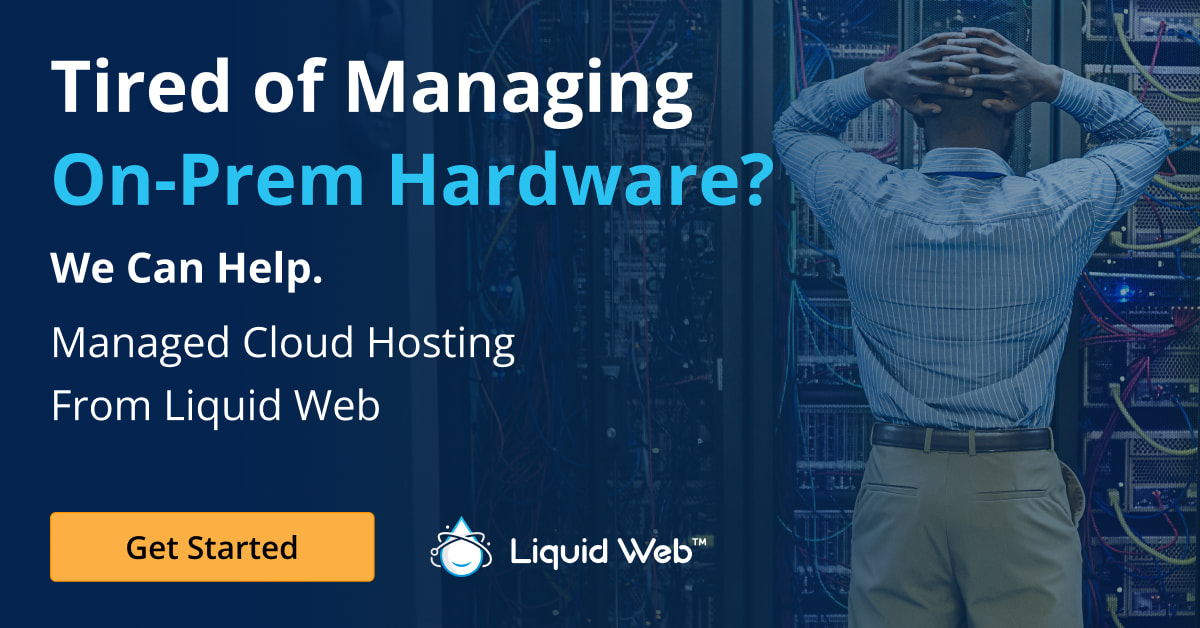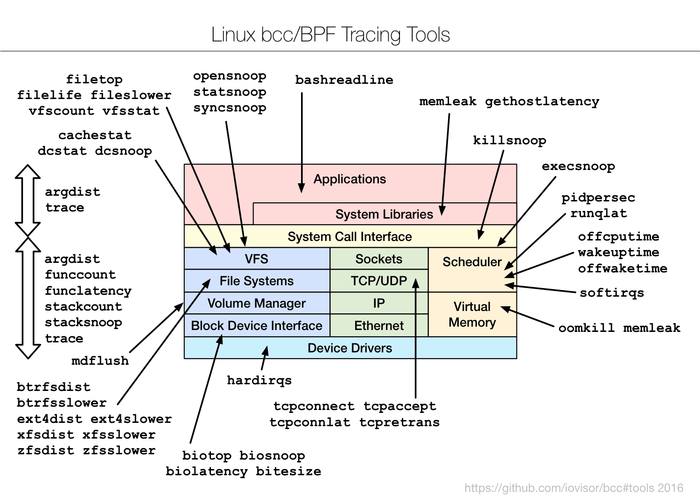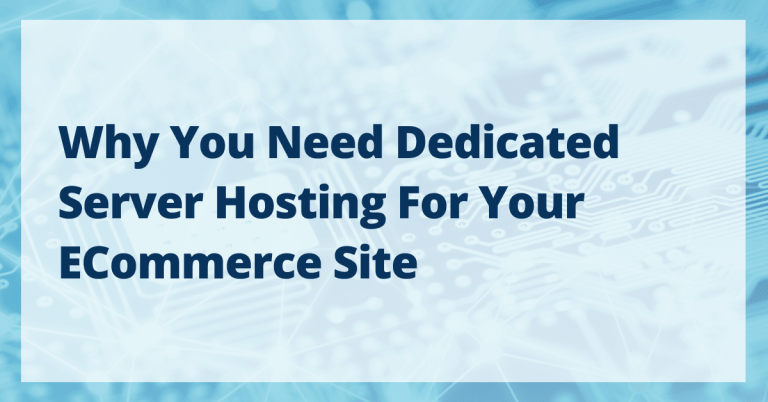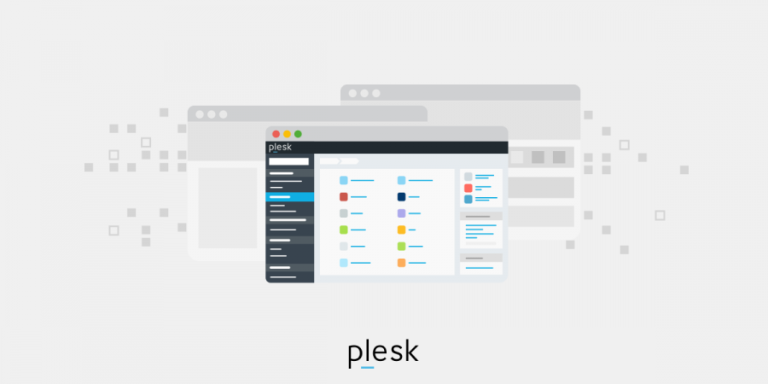There’s certainly no shortage of options if you migrate your data to cloud infrastructure. The Microsofts, Amazons, and other big tech companies of the world have their own out-of-the-box options that serve most businesses well enough. But if you’re looking for more complex features or configurations, you may want to build a cloud infrastructure yourself.
Building a cloud properly requires several key steps and critical components, so embarking on your cloud computing journey may seem overwhelming. Fortunately, the team at Liquid Web has a solution for your cloud computing needs.
Consider this blog your go-to resource for how to build a cloud infrastructure. The process will take you 7 steps from start to finish and will cover the following:
There’s a lot of information to unpack. So follow along with us, and begin using your shiny new cloud in no time!

1. Select a Foundation
Any time you build something that you want to withstand the test of time, the project starts with a solid foundation (just ask the ancient Egyptians). Building a cloud is no different. You’re just working with servers and data rather than stone and mortar.
When dealing with how to build cloud infrastructure, the foundation is the technology platform where your cloud will exist. If your organization has used any cloud virtualization before, this choice may already be made for you. If not, it’s an essential first step in creating a cloud application.
There are several types of virtualization. First, you’ll need to identify your organization’s needs to clarify what server option is best for your team. If security is a primary concern, you may consider a dedicated server or managed private cloud. If features from different virtualization configurations make sense for your business, you could also build a hybrid cloud infrastructure.
2. Determine Your Delivery Infrastructure
Configuring your delivery infrastructure is a pivotal step in the process of how to build private cloud infrastructure. The steps you take here will establish your cloud application’s baseline resources and capabilities.
Delivery infrastructure is typically designed using a load balancer. This balancer will allocate resources and define the capacity of your cloud application.
System administrators use this configuration to evaluate and manage the system’s performance, manage its inventory of resources, and determine whether or not the system needs to scale. This step will occur during the provisioning phase when you build your cloud.
3. Sketch the “Big Picture”
Once you start creating a cloud application, it can be easy to feel overwhelmed. It’s important to step back and get a bird’s eye view of the project from the beginning. This top-level planning keeps you focused on the result.
You’ll need to expand your thinking on how your cloud network will operate. Consider how all of your components will integrate and communicate. Also, consider which configuration of cloud components most positively impacts your network performance.
As a system architect, you must focus on how your cloud application will scale as the amount of usage and stress on your infrastructure increases. Aspects of the network like how it will handle increased traffic, how servers will handle an increased load, and how the increased usage of scaling will affect the databases behind the scenes are all essential concepts to keep in mind.
This can become tricky because all resources within your network are used differently. Let’s say, for example, that your network is starting to scale, and 1,000 new users begin to use your cloud environment’s resources. These new users may increase the load on server applications by 90%, the load on the network by 15%, and databases by 35%.
As you can see in our example, adding 1,000 users would almost max out the load of your application servers at 90%. Armed with this data, you’ll need to launch new application server instances immediately to accommodate user activity. Modeling scaling in this way and seeing how each system resource is affected gives you the insight to spin up the right network resources at the right time.

4. Don’t Forget Security
Most system architects don’t consider the security of their cloud infrastructure until it’s too late. However, because your application will exist in the cloud, security should be one of the first things you consider.
The easiest way to address security concerns is to build security into your application. Decide on a particular security application or technology before building your cloud.
It’s important to start with the end in mind when considering security. What type of application are you building? What industry are you using? Certain sectors require more robust security protection than others.
In addition to building security into your cloud infrastructure, cloud applications can bolster security by leveraging identity access and management procedures (IAM). The proper IAM technique allows businesses to reduce their security costs and gives them the ability to adapt to the ever-changing security framework of most cloud applications.
5. Prepare Your Network
Your network needs the ability to support an on-demand application infrastructure to survive. Therefore, the configurations of all network resources – storage, application, and hardware – need to match the format of the app that is launched.
As these configuration changes occur, your network should be able to respond to them automatically without any human involvement and accommodate changes in applications that shift among different hardware assets. System admins must constantly monitor and update network parameters to adapt to resource usage and traffic changes.
6. Automate Management Tasks
Visibility should be a primary focus when you build a cloud. Adapting to the changing resource requirements and security parameters inherent in a cloud environment requires quick, data-driven decisions that can only be accomplished with a clear view of the overall cloud system.
System administrators and their teams need to decide their key performance indicators (KPI), where that data is collected, and how it will be collected. From there, technicians can easily see what resources are available, what’s running, and where there are areas for optimization.
Since cloud environments can change often and quickly, it helps to feed this data into an automation platform. With the correct input, an AI automation platform enables your system to manage cloud resources without any intervention – leaving IT teams free to focus on more high-priority tasks.
7. Integrate Components
The last step of how to build a cloud is integrating the components you’ve built up until now. This can be a challenge, but it’s necessary for the functionality of your cloud.
Applications, storage, and network infrastructure must connect and work seamlessly together. Ensuring smooth integration and communication among your different components allows your application to handle the on-demand nature of cloud computing.
Integrating properly will also go a long way toward fostering automation. All components and resources throughout the environment need constant monitoring and optimization for automation. It’s certainly not easy, but integration – and the automation it creates – are a more than worthwhile goal when you set out to build a cloud.
The Benefits of Liquid Web’s Private Cloud Offering
The 7 steps discussed will set you off on the right path as you build a cloud. Be sure to consider the end goal and look at the “big picture” of your cloud, and don’t forget to keep security at the forefront as you build. Ultimately, preparation and planning will help you avoid pitfalls and reach the finish line relatively quickly with a cloud environment you can be proud of.
If you’re interested in leveraging a cloud environment but don’t want to take on the building process, Liquid Web is here to help. A variety of products like hosted private clouds and managed private clouds can help you.
Ultimately, building your cloud environment will rely on virtualization – for that, there is VMware. With decades of industry experience, the Liquid Web team is well-equipped to answer your questions regarding what VMware is, why you need VMware, what storage Vmotion is, and how these cutting-edge products can help you reach your goals.
As The Most Helpful Humans in Hosting®, there are several ways to make you successful. Reach out today, and find the perfect cloud solution to take your business to new heights.





